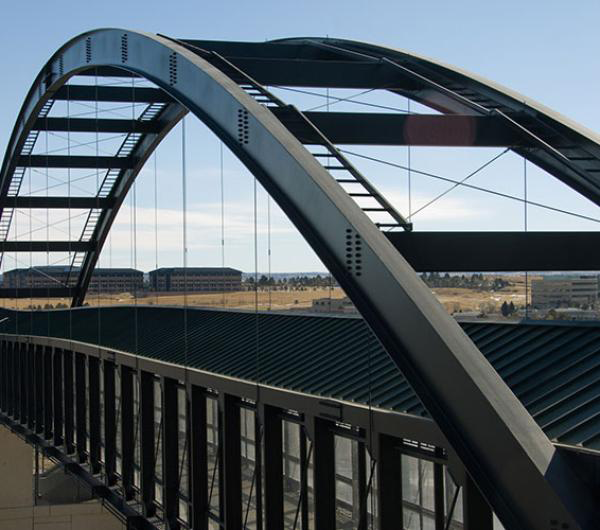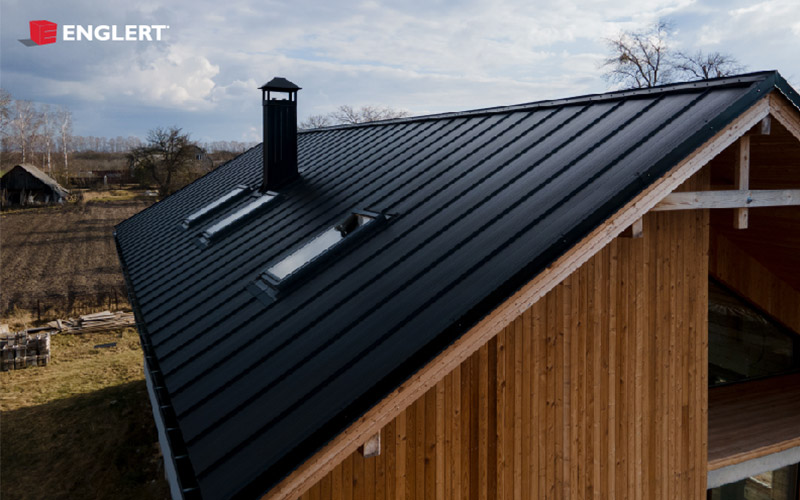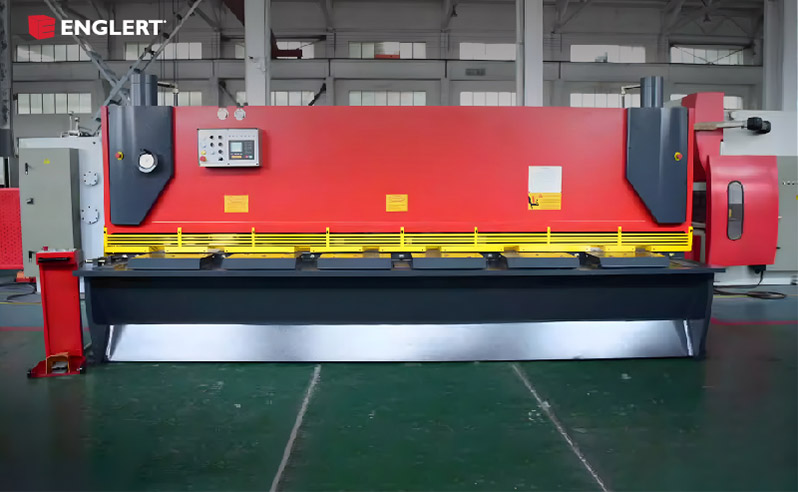Bending Techniques for Aluminum Differ From Steel

When metal roofing manufacturers first introduced aluminum material for standing seam metal roofing, much of the aluminum produced was .032 thickness.
However, over the years the building products industry has been gravitating to thicker roofing and trim material, especially in aluminum. And, Dade County Florida enacted new wind uplift rules for metal roofing that required the use of .040 aluminum for roofs and .050 thickness for trim material to meet the rule requirements.
Consequently, contractors were transitioning from the use of .018 to .024 thick Galvalume or Hot Dipped Galvanized steel roofing and trim products to .032 to .050 thick Aluminum. Many contractors assumed aluminum bent the same as steel and therefore thought little adjustment was needed to make crisp bends on aluminum as they had done with steel. This resulted in some contractors bending these heavier aluminum products beyond their tensile strength limits resulting in cracking of the metal and paint as well as leaving a silver look from the crazed aluminum under the paint.
By properly adjusting the sheet metal bending brake contractors can keep the aluminum alloy from cracking under the strain of bending. To set up the hand brake to perform the bend, recess the top clamping leaf of the hand brake. This will reduce the amount of strain applied to the aluminum and still allow you to get a proper bend on the aluminum alloy sheet.
And remember one basic theory relates to the radius of the bend. You can manufacture a straight line bend if you use a guideline of three to five times the thickness. Any sharper of a bend would invite cracking in the material.
Aluminum has a tendency to crack and does not bend the same as steel in conventional press brakes. Aluminum also requires a calculation of the bend radius based on the thickness of the aluminum.
The normal rule-of-thumb is the bend radius for aluminum should be 3-5 times the thickness of the metal; this requires the use of a nose bar equivalent to: .064” to .096”. All research indicates this approach offers the best way to bend aluminum without crazing/cracking of the paint and metal. Using the rule of thumb above, the Bend Radius range for various Englert aluminum gauges is as follows:
- .96-.16”032 = .0
- .040 = .12-.2”
For more information on aluminum bending please contact Englert.






